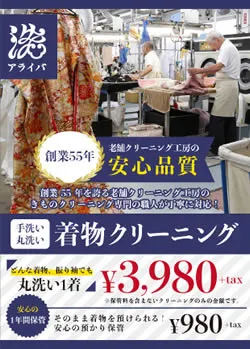Yukata origin
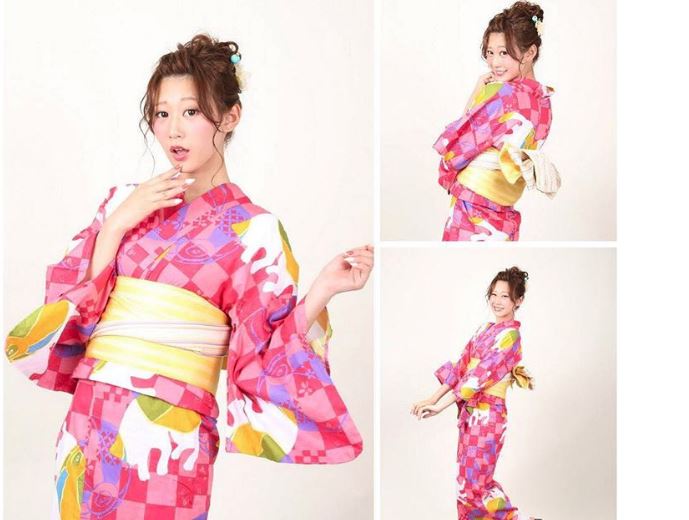
The name yukata comes from the word “yu” (bath) and “katabira” (under clothing). In the Heian era (794-1185), court nobles wore linen “yukata” which were draped loosely after taking a bath. The yukata was later also worn by Japanese warriors and by the Edo era (1600-1868), it was widely worn by the public when public bath became a popular recreation in Japan.
A Japanese yukata is a cooling garment to wear. Like other forms of clothing based on traditional japanese garments, it is made with straight seams and wide sleeves. Unlike formal kimono, yukata are typically made of cotton rather than silk or synthetic fabric, and they are unlined.
Traditional Yukata
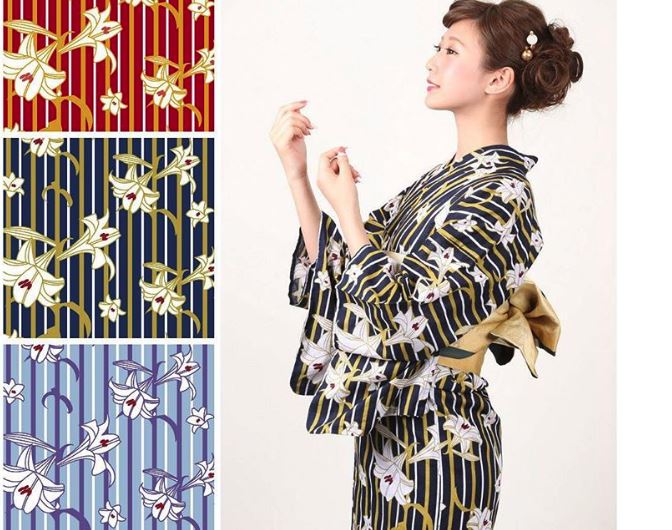
Traditionally Japanese yukata were mostly made of indigo – dyed cotton but today a wide variety of colors and designs is available. Like the more formal kimono, the general rule is the younger the person, the brighter the color and bolder the pattern. A child might wear a multicolored print and a young woman, a floral print, while an older woman would confine herself to a traditional dark blue with geometric patterns.
Revival of yukata
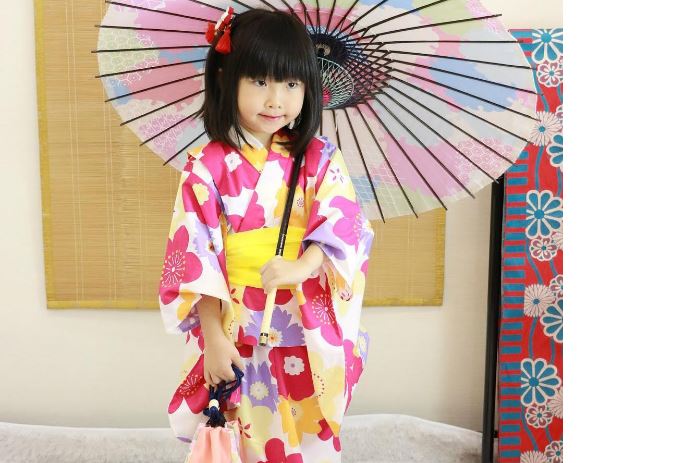
Since the late 1990s, japanese yukata have experienced a bit of a revival, and many young women now wear them in summer in personally distinctive ways not limited by tradition. This garment is very traditional. The proper way to wear a yukata is not necessarily obvious. The left side of the yukata is wrapped over the right side ( the reserve is to be avoided as only the dead at a funeral wears the right over the left), and an obi (belt) is used to keep the yukata from falling open when worn in public. In private, as after a bath, the yukata is usually simply belted. Also, a type of thonged wooden sandal called geta is usually worn with the yukata.。
Modern Yukata
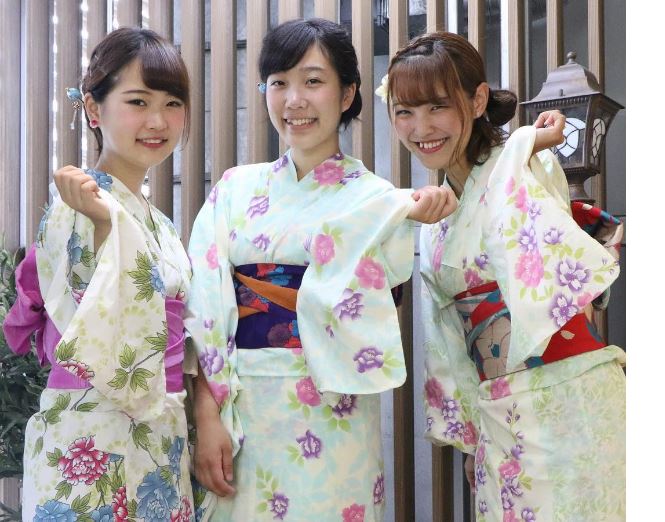
Today, the Japanese yukata is widely worn as a casual wear in summer, as well as in festivals. Further, the yukata is also widely worn in ryokan (traditional Japanese inn). The yukata is loved for its lightweight cotton material. Fabric designs vary from the traditional plain cross hatch pattern to the more colourful designs. A cotton sash is usually worn with the yukata for casual daily or nightly wear. In attending festivals and public occasions, the yukata is worn with a wider belt, which can be simply wrapped around the waist and tucked in at the end. For a more formal appearance, the Japanese yukata is worn with an obi belt, along with a matchinggeta (wooden sandals) and purse to complete the attire.





